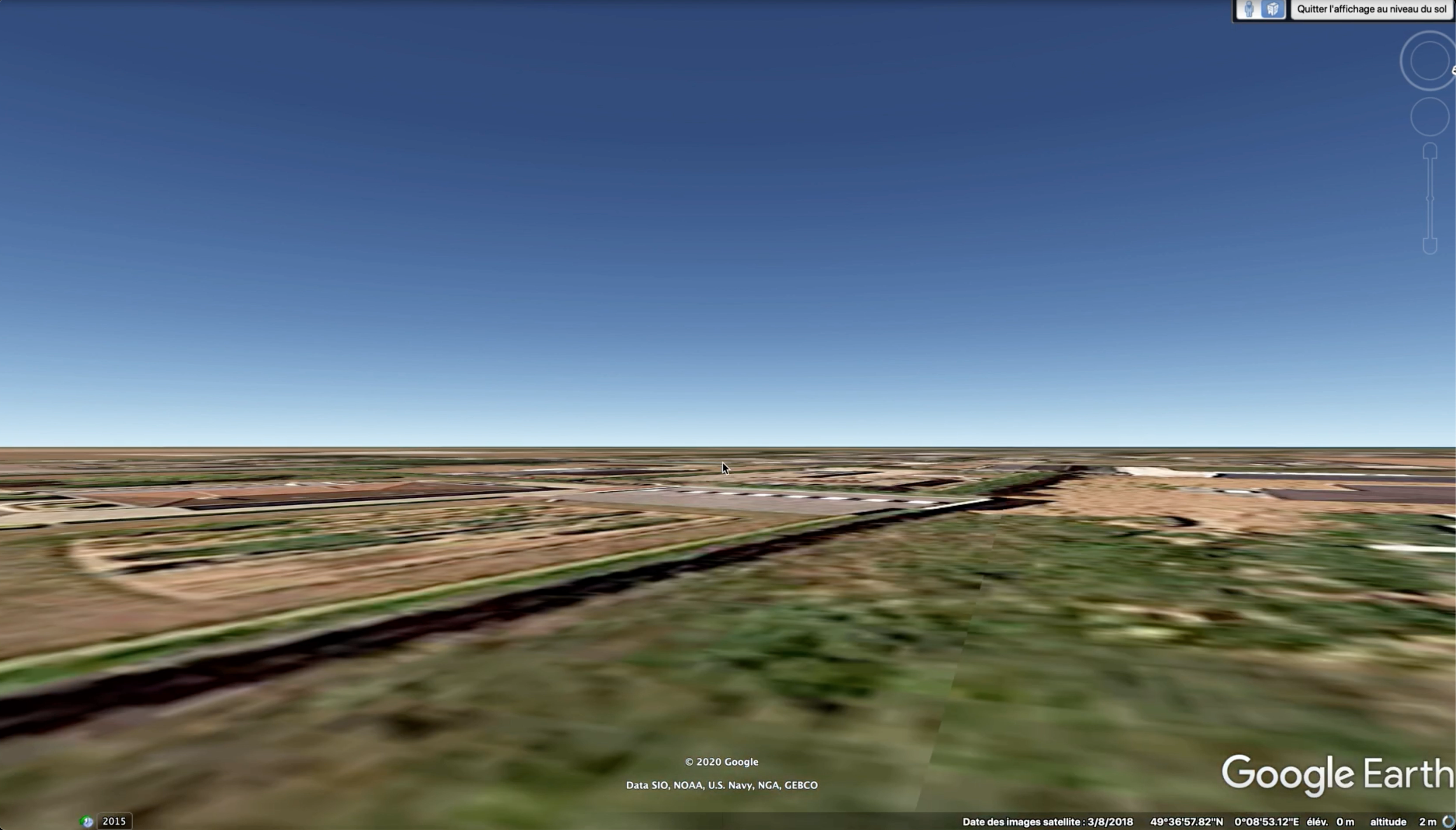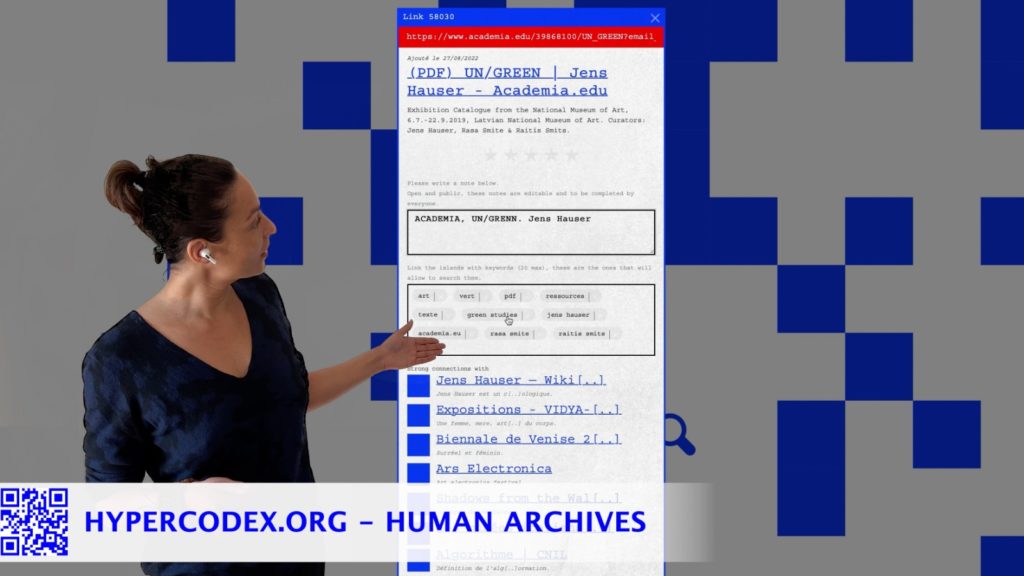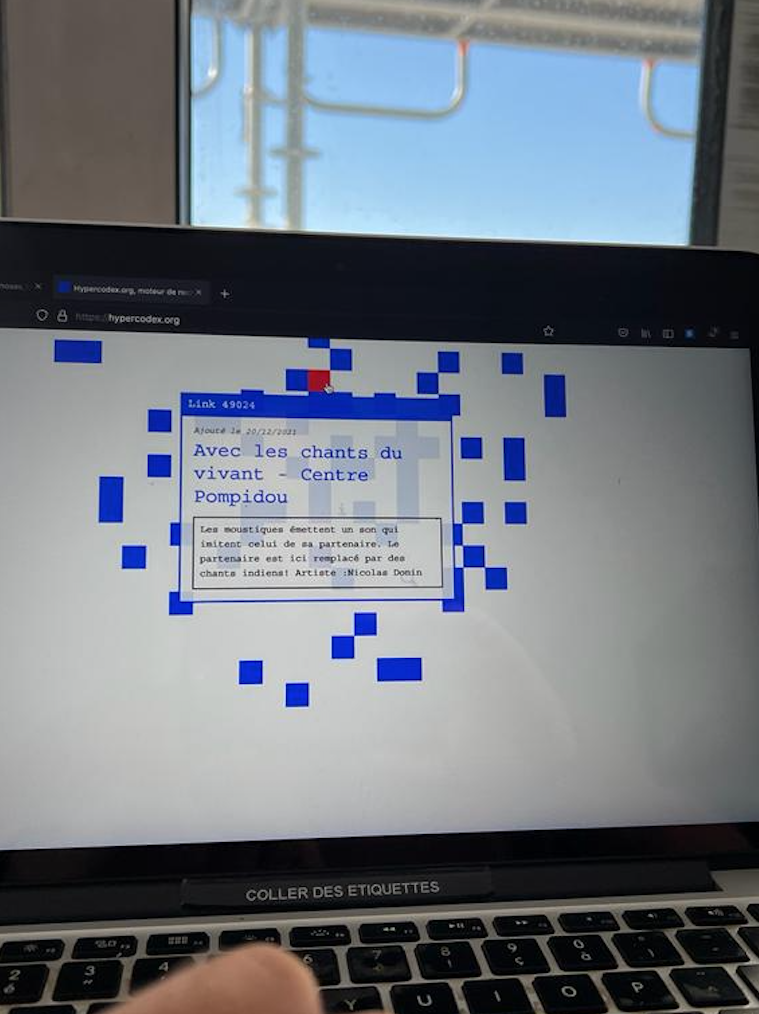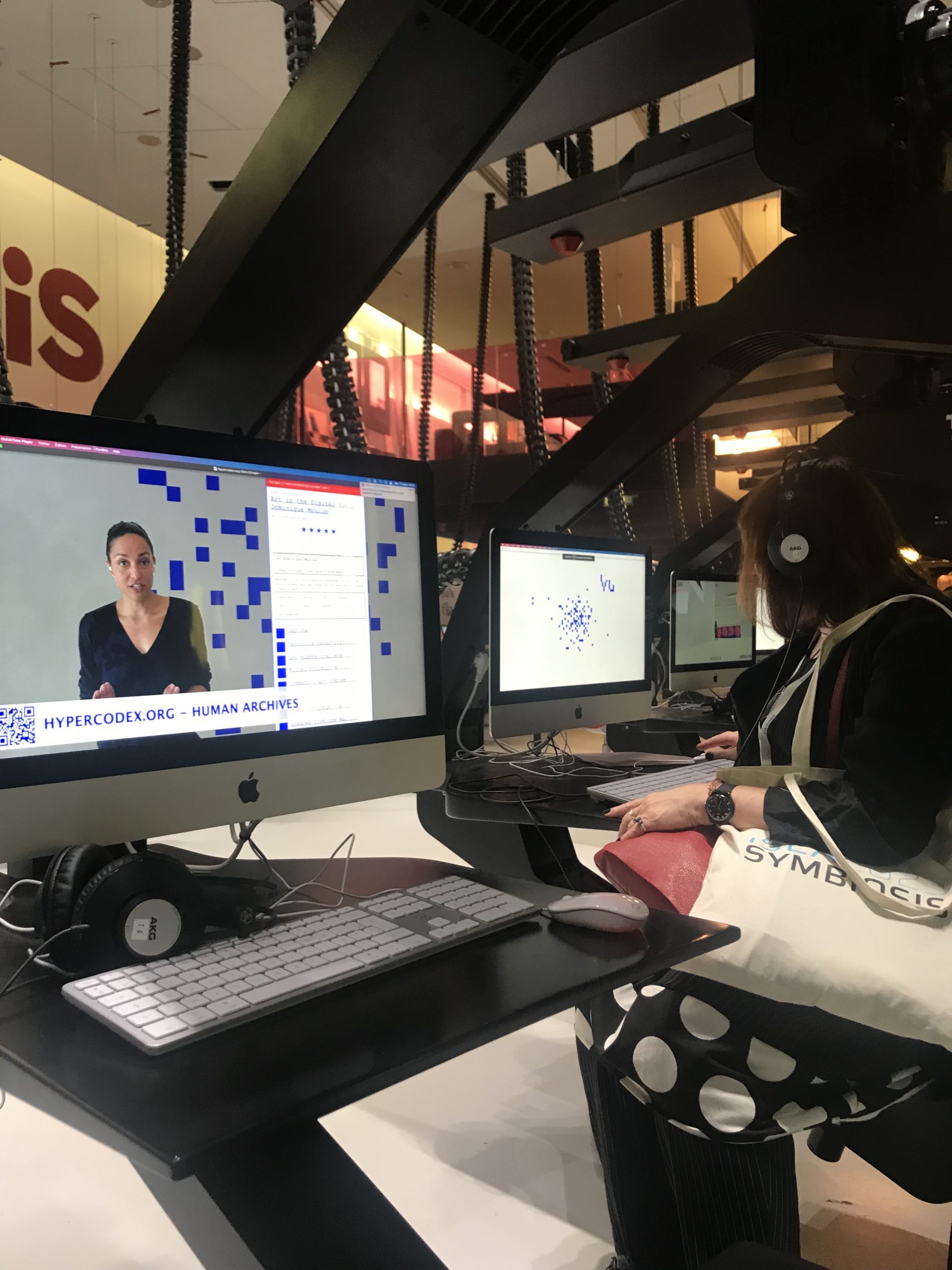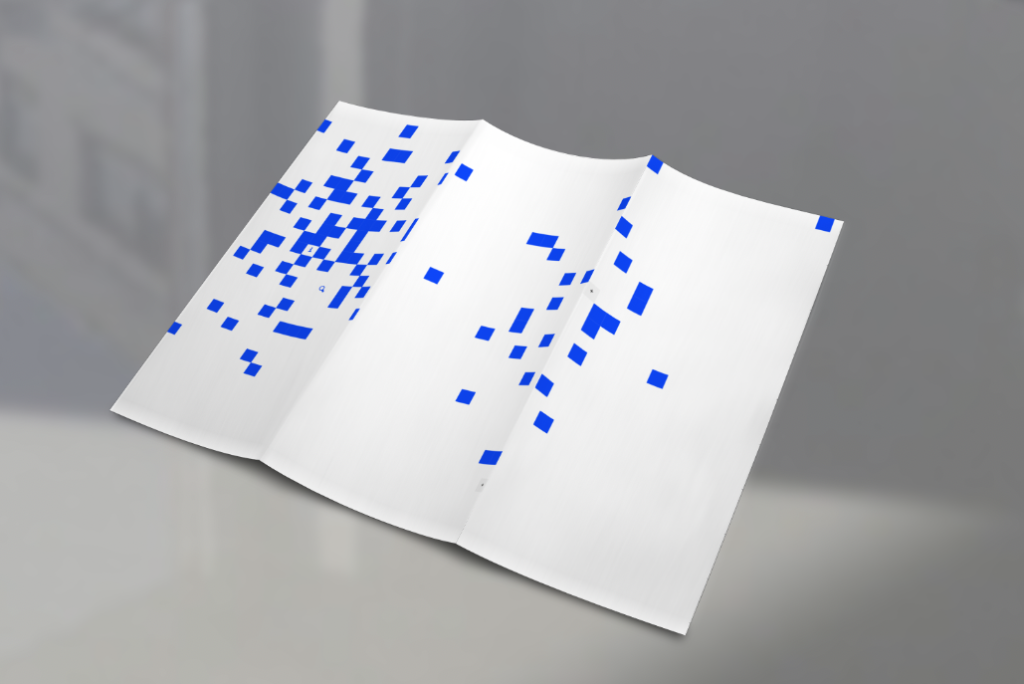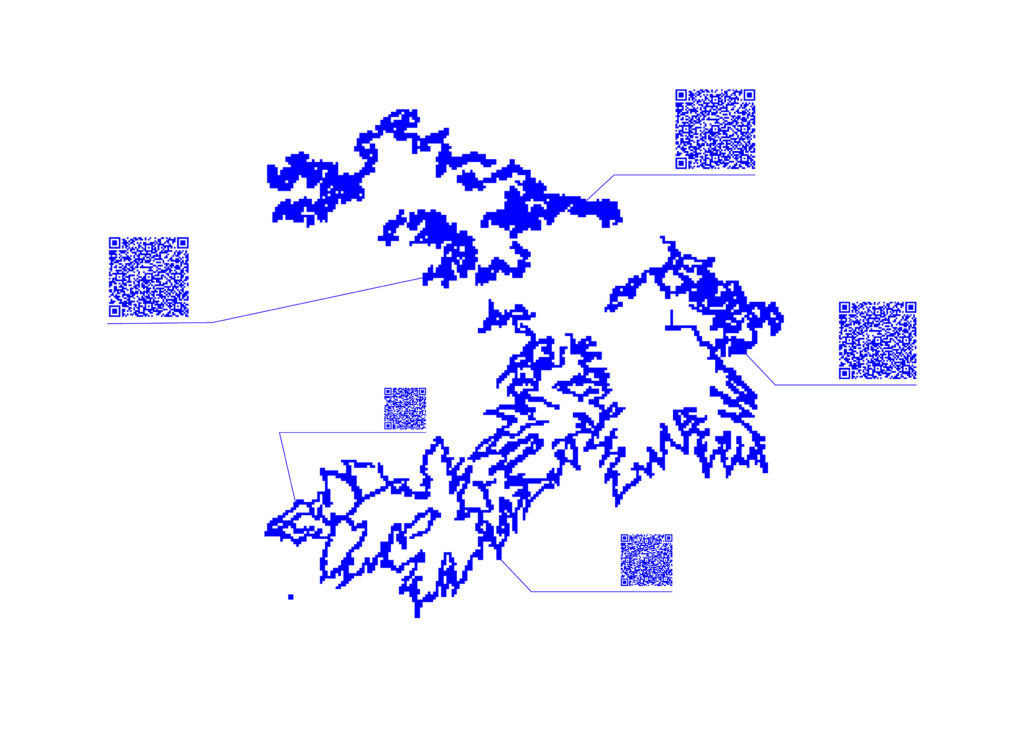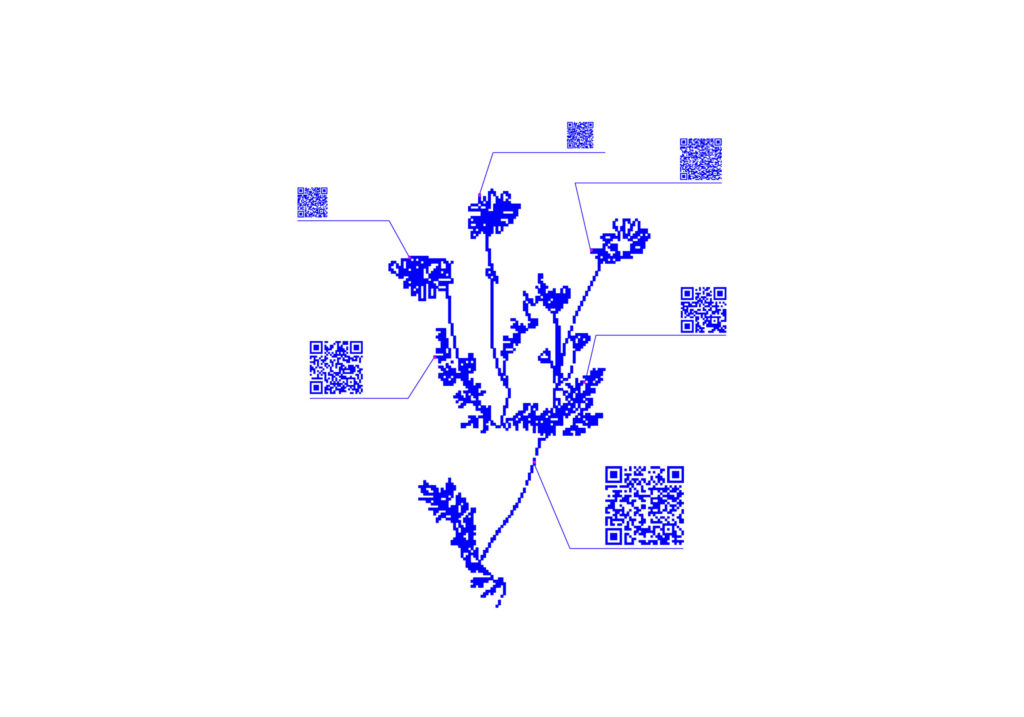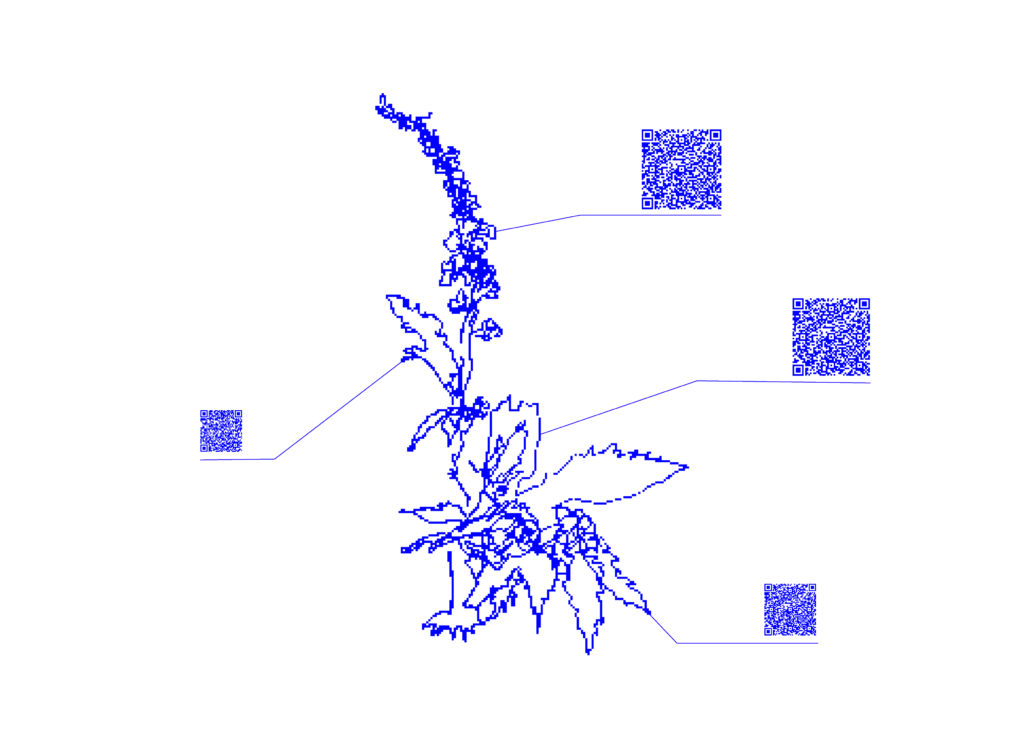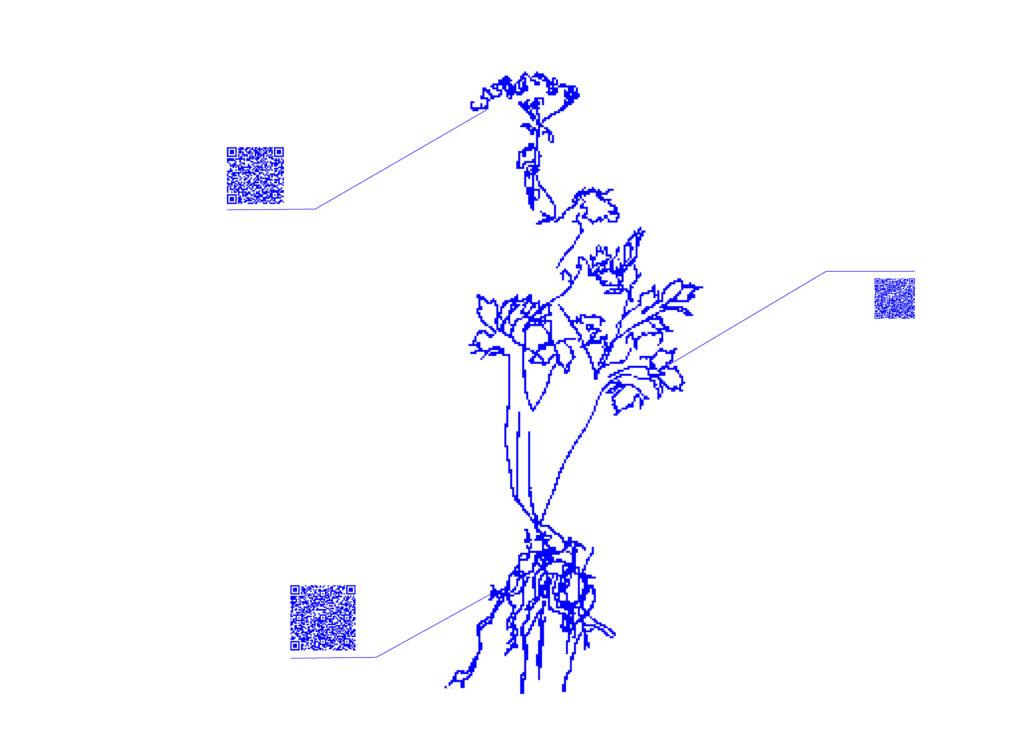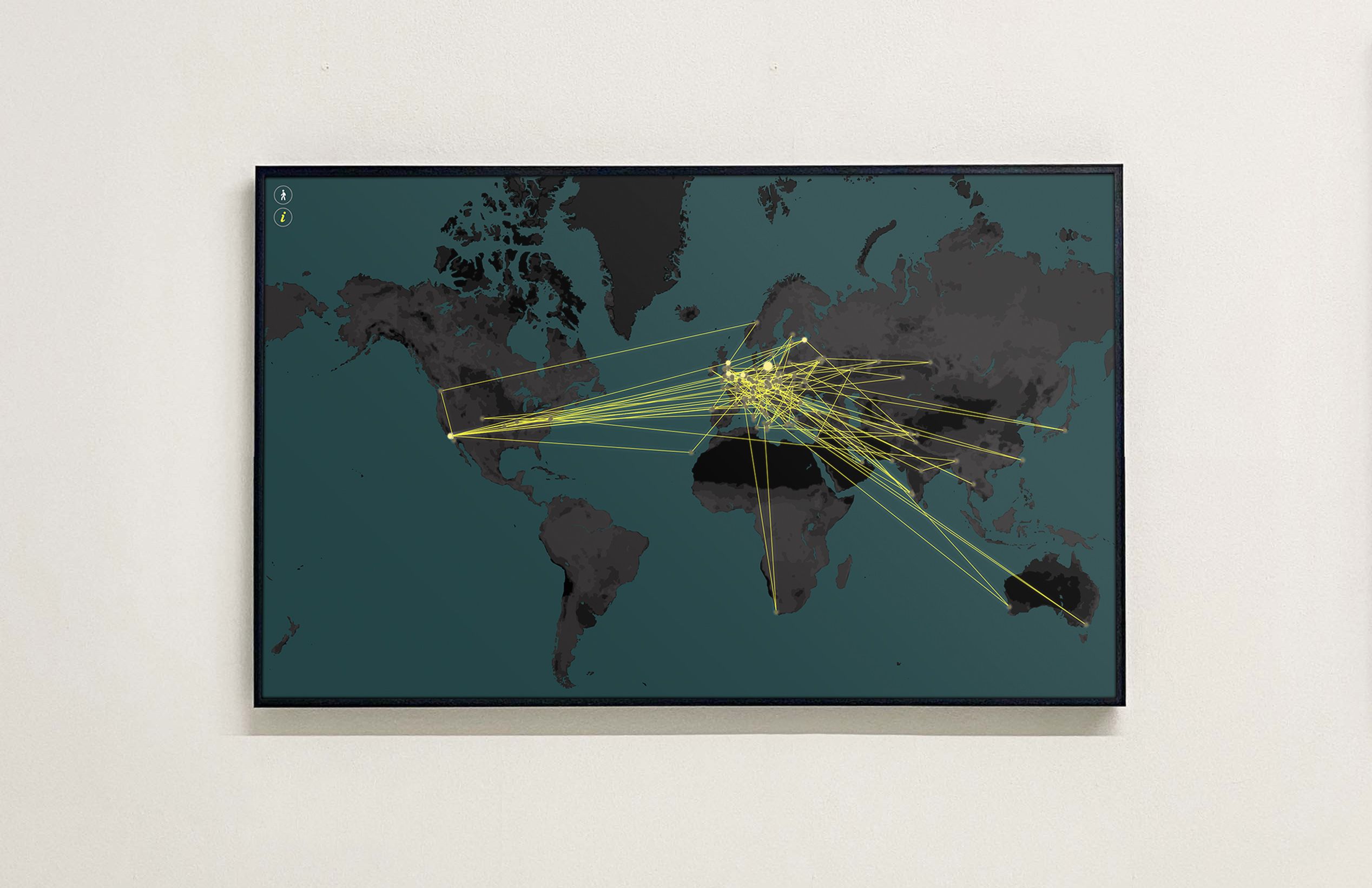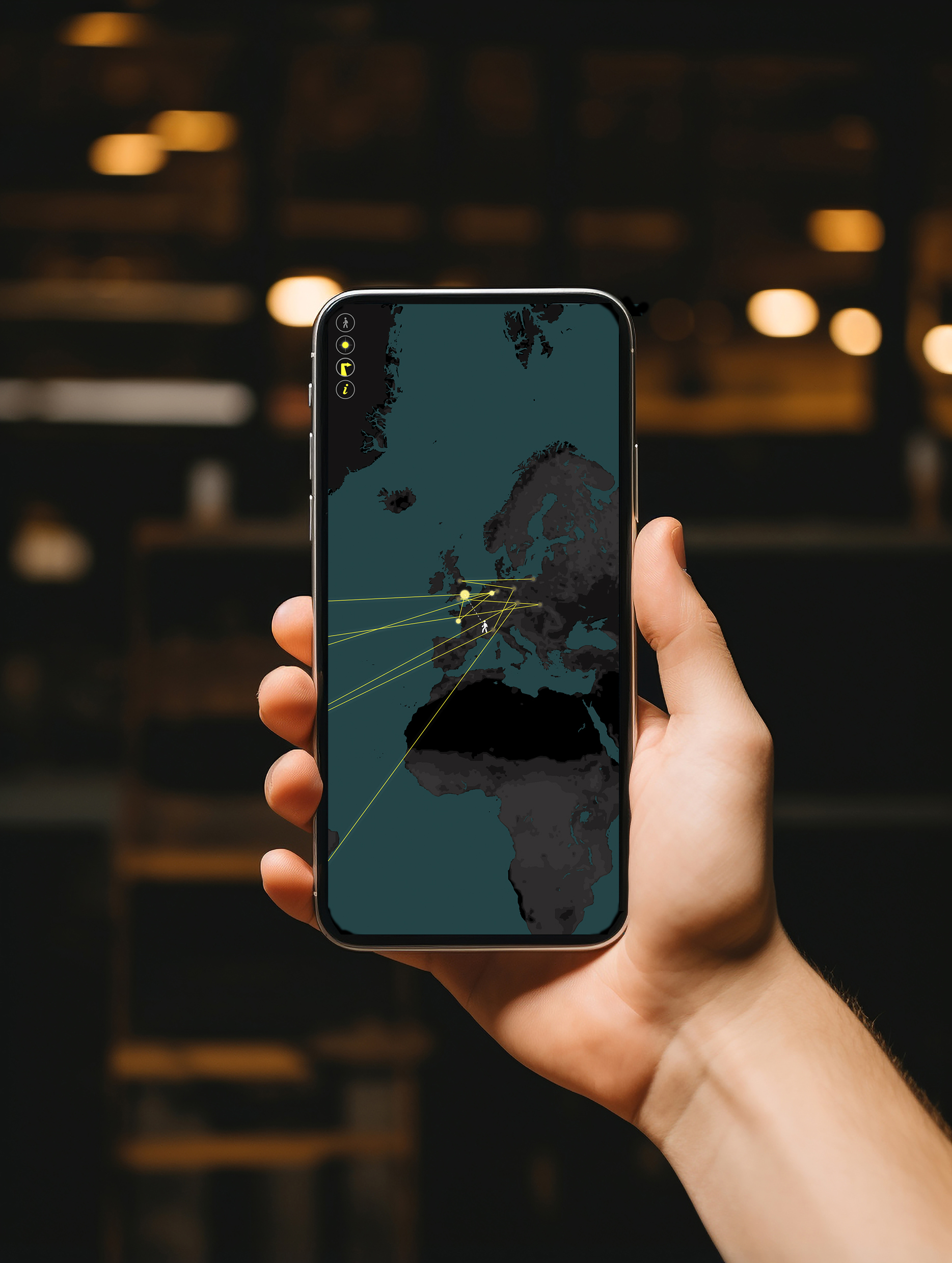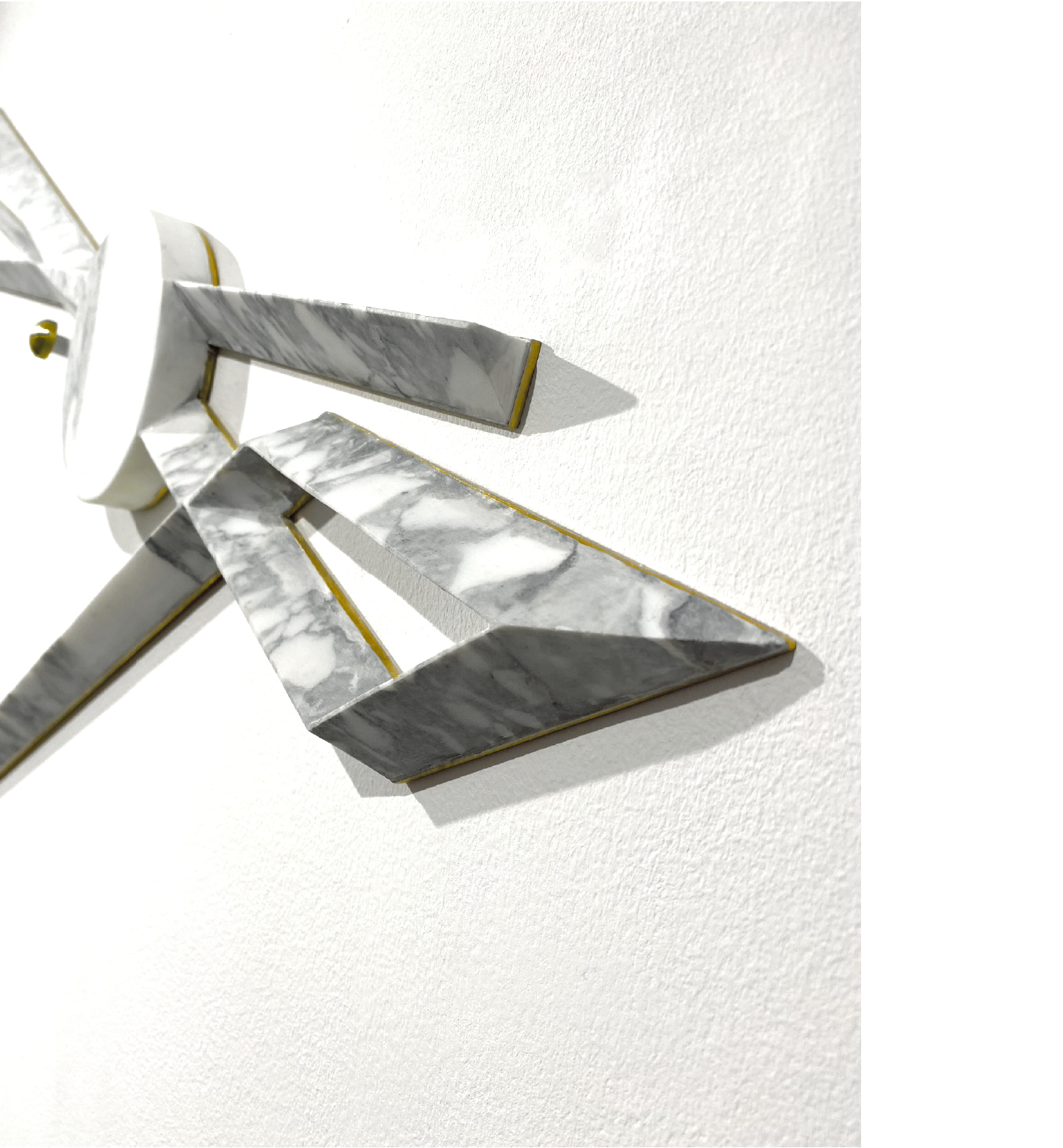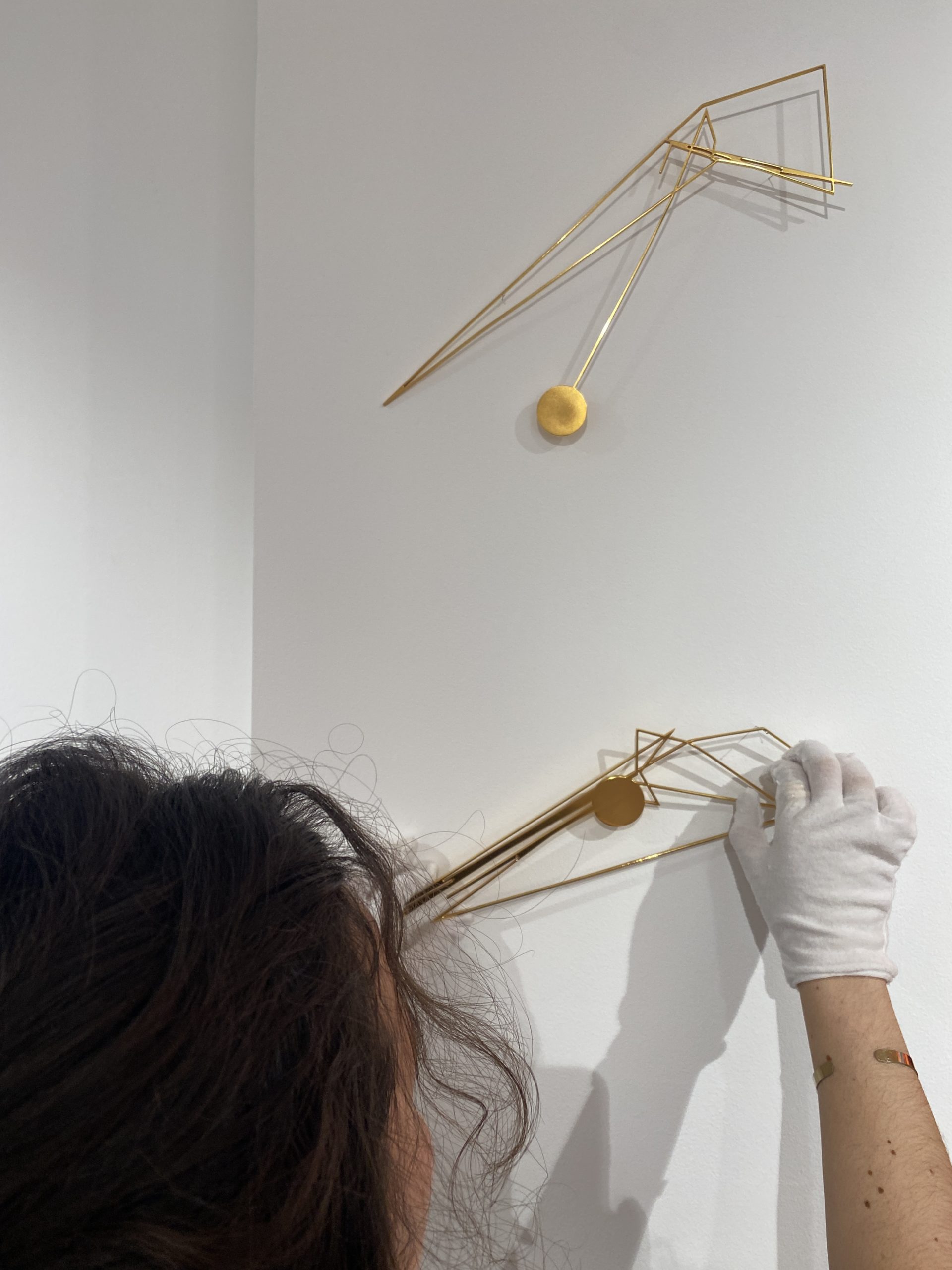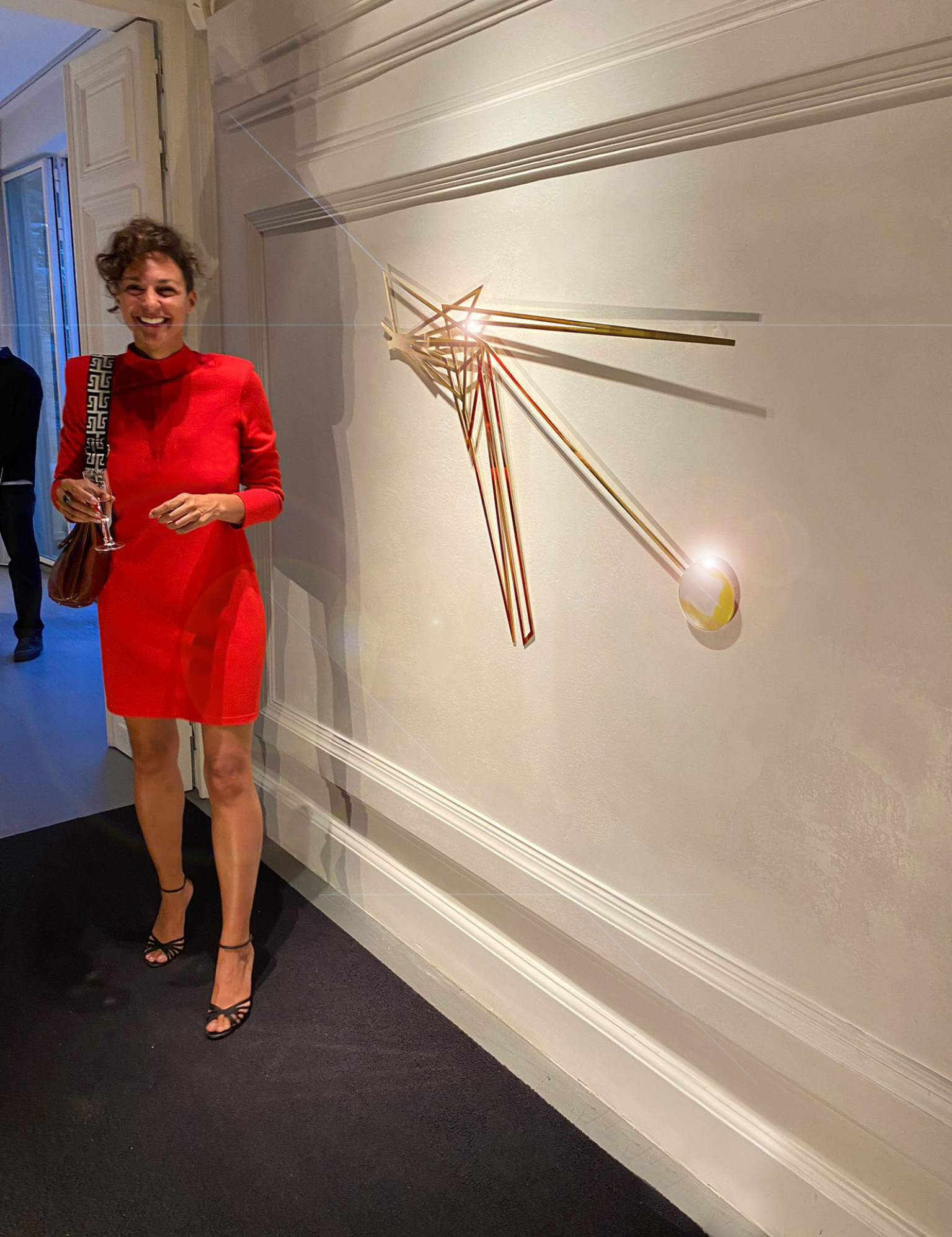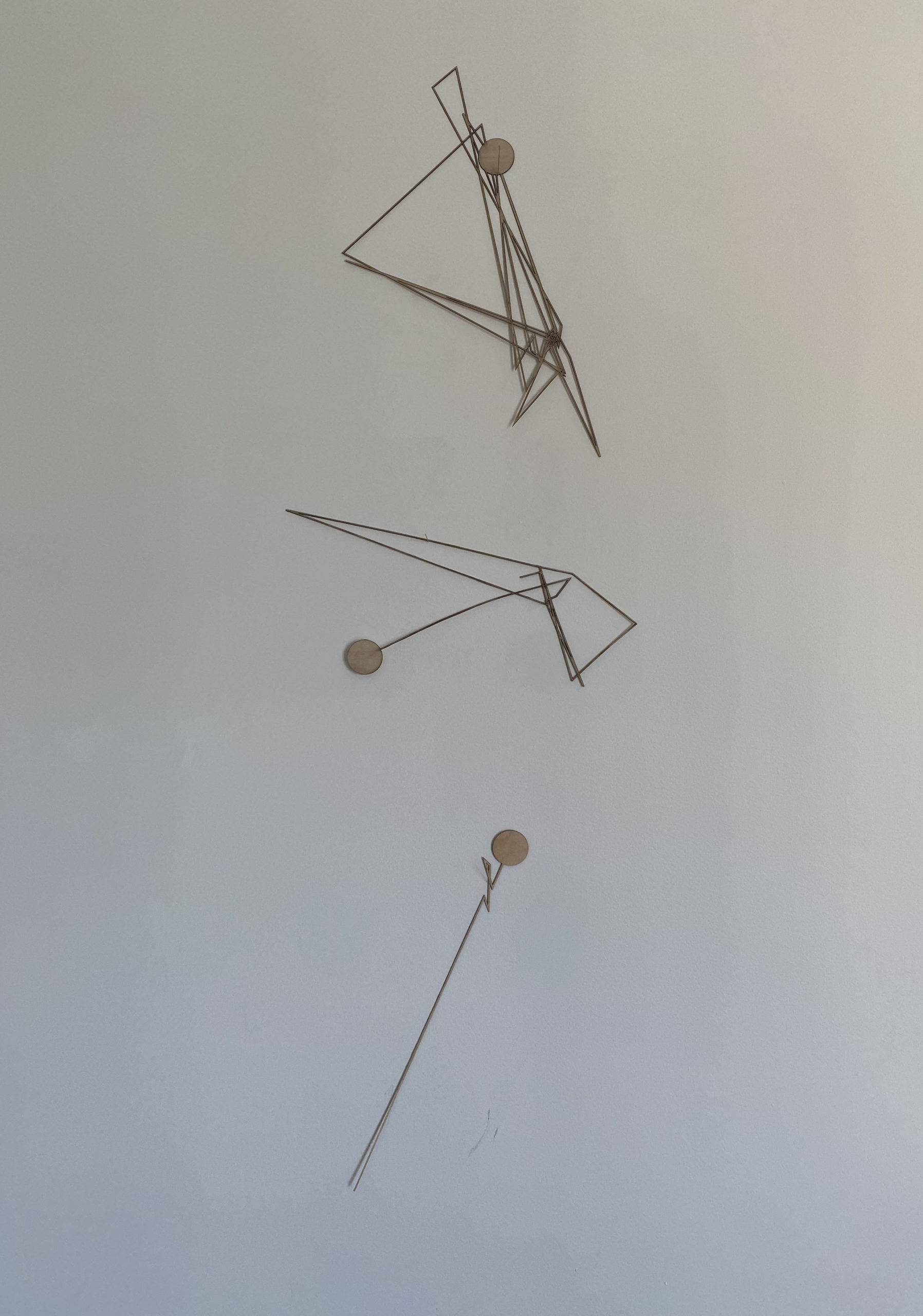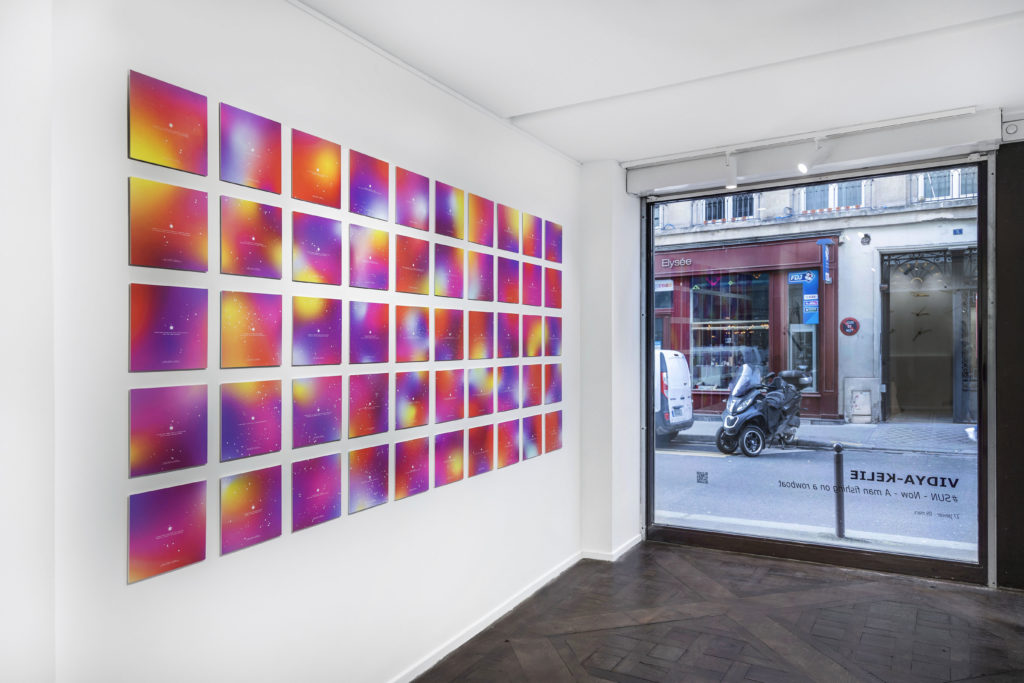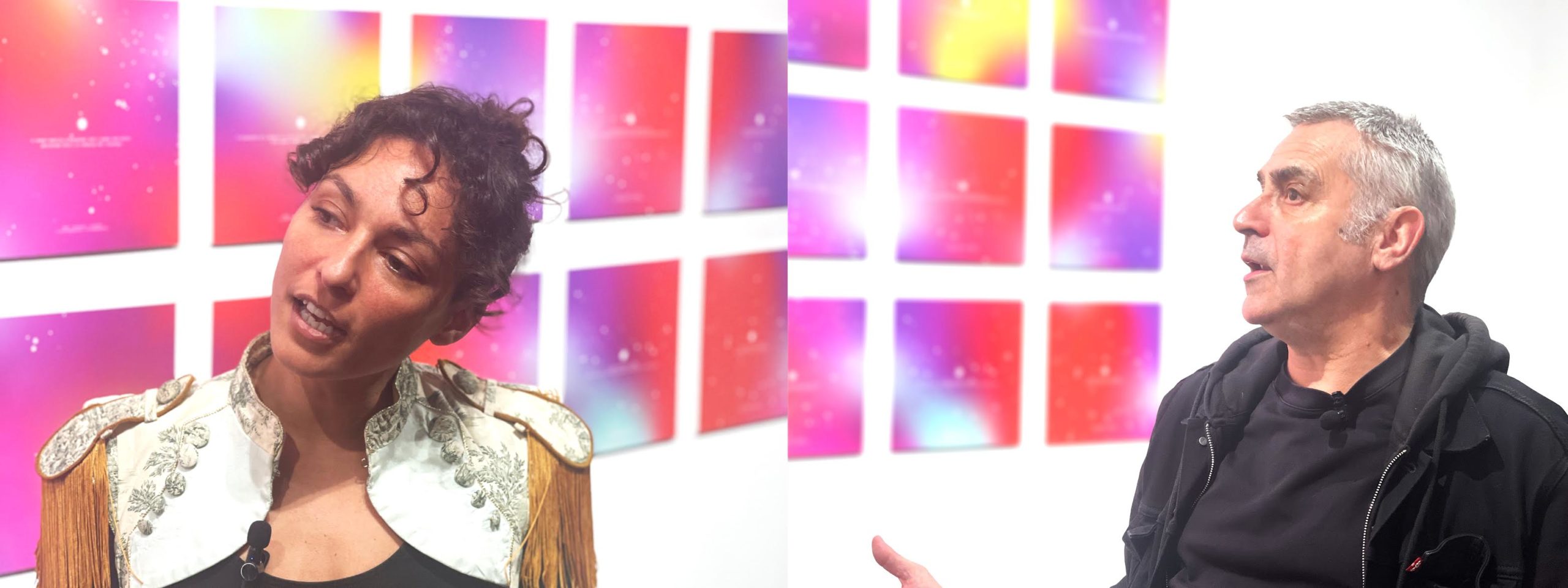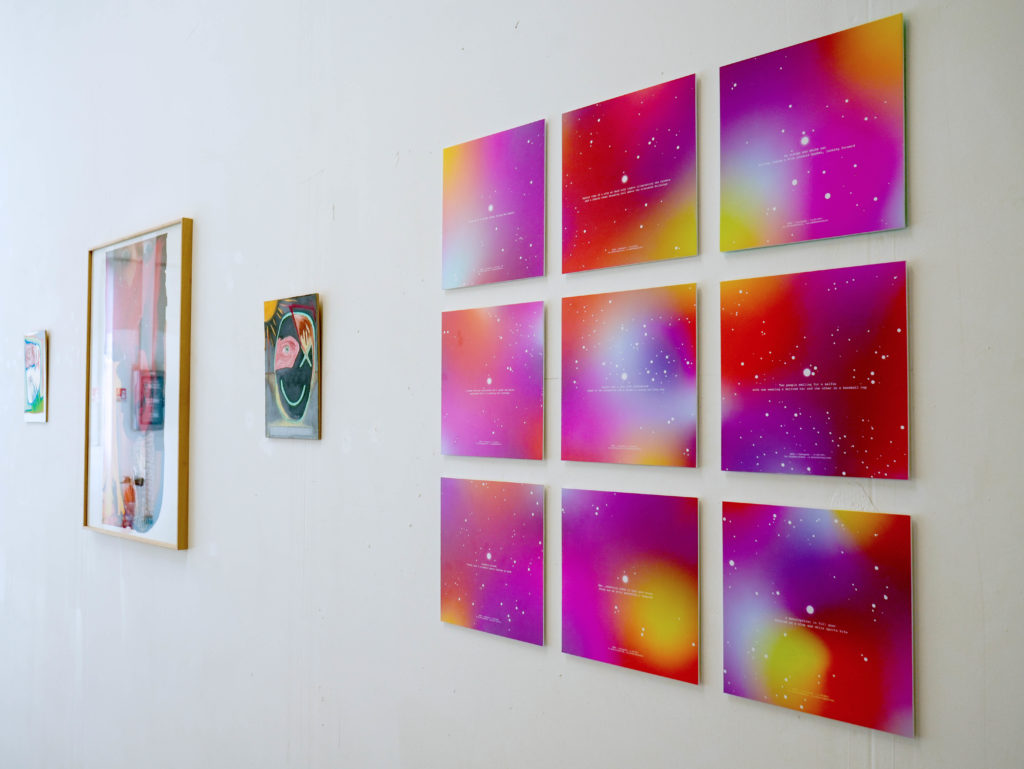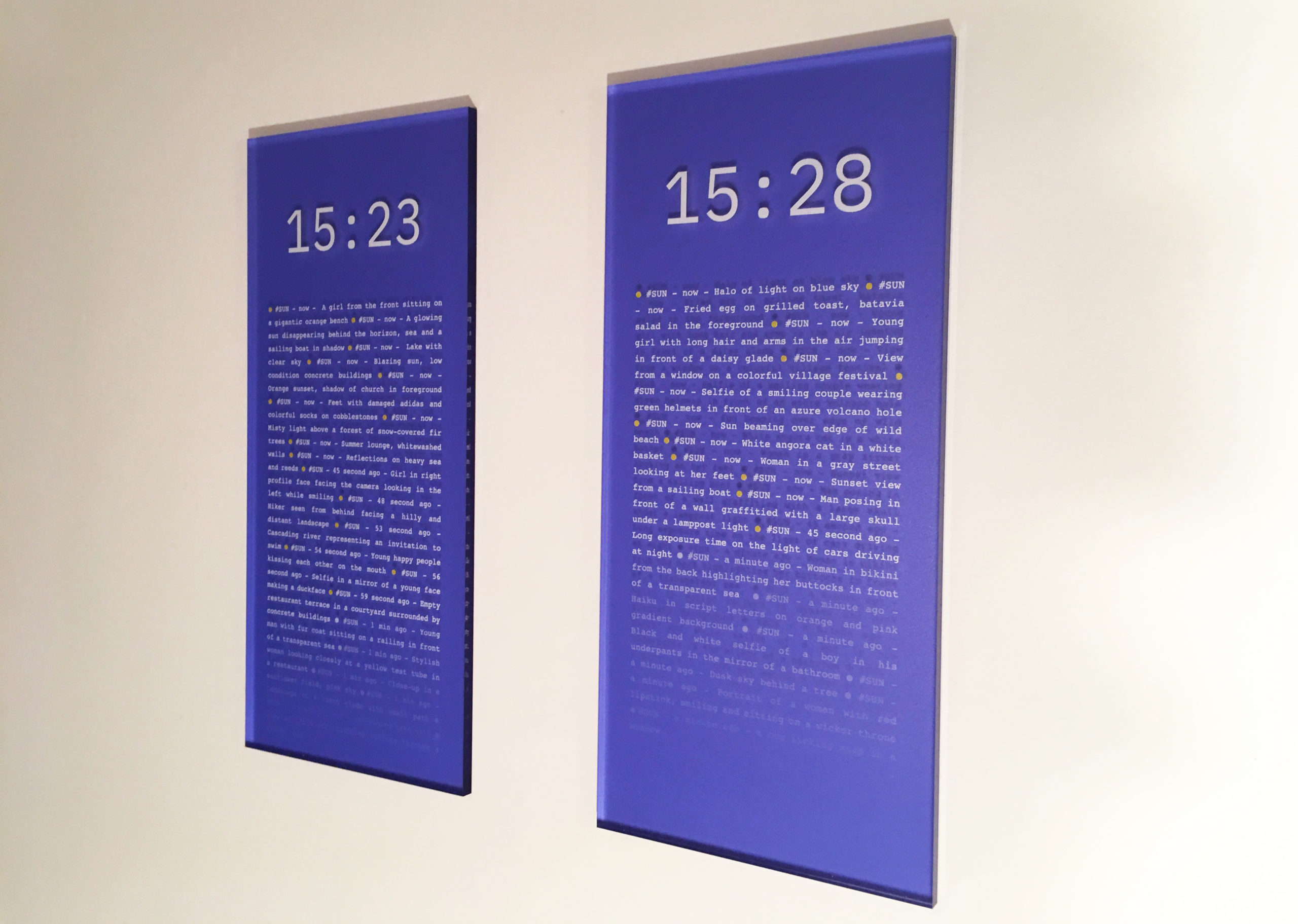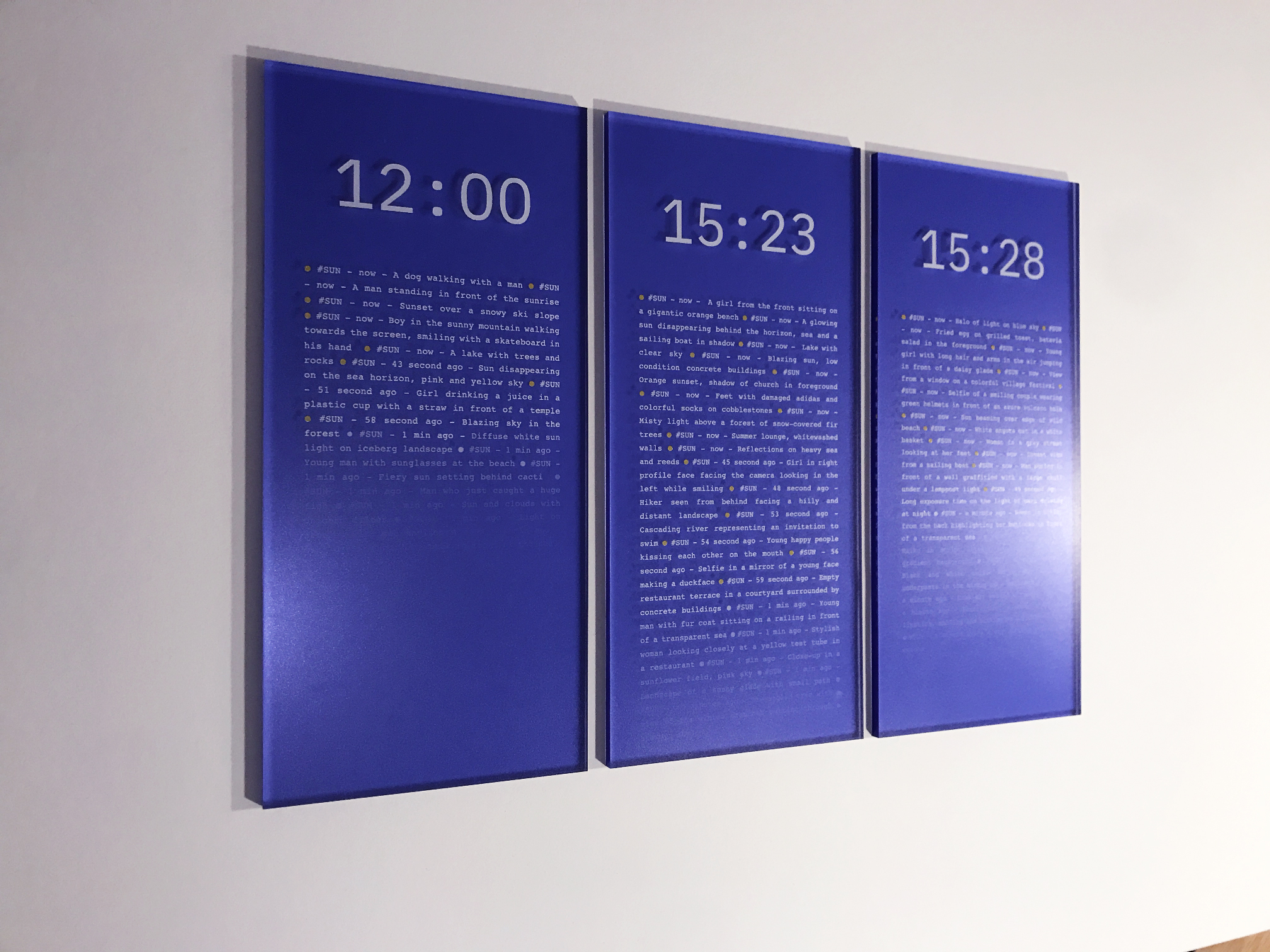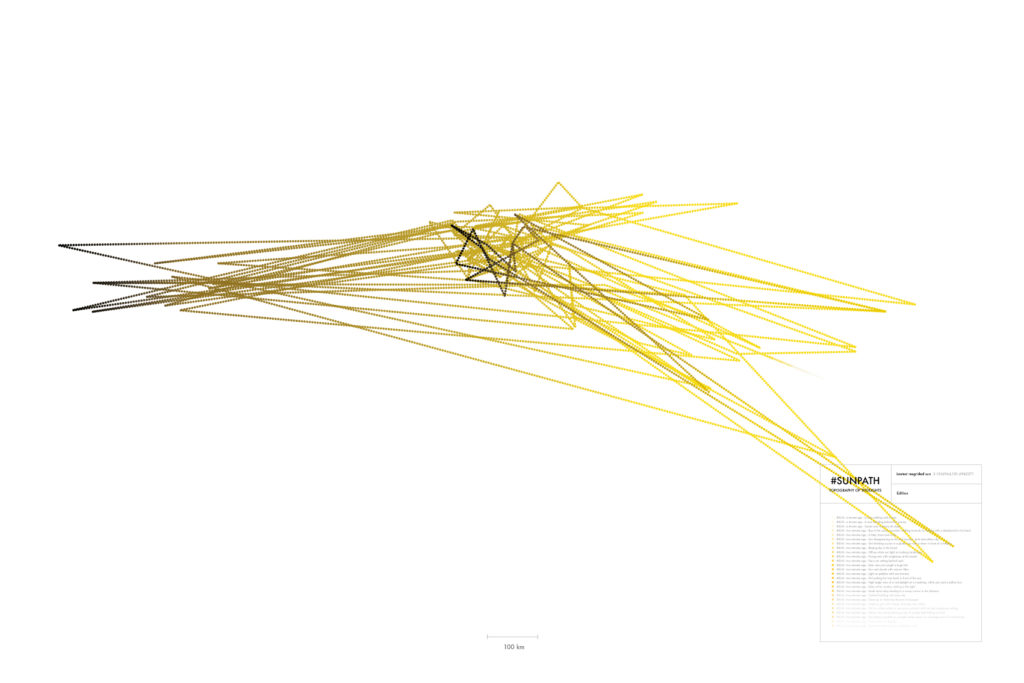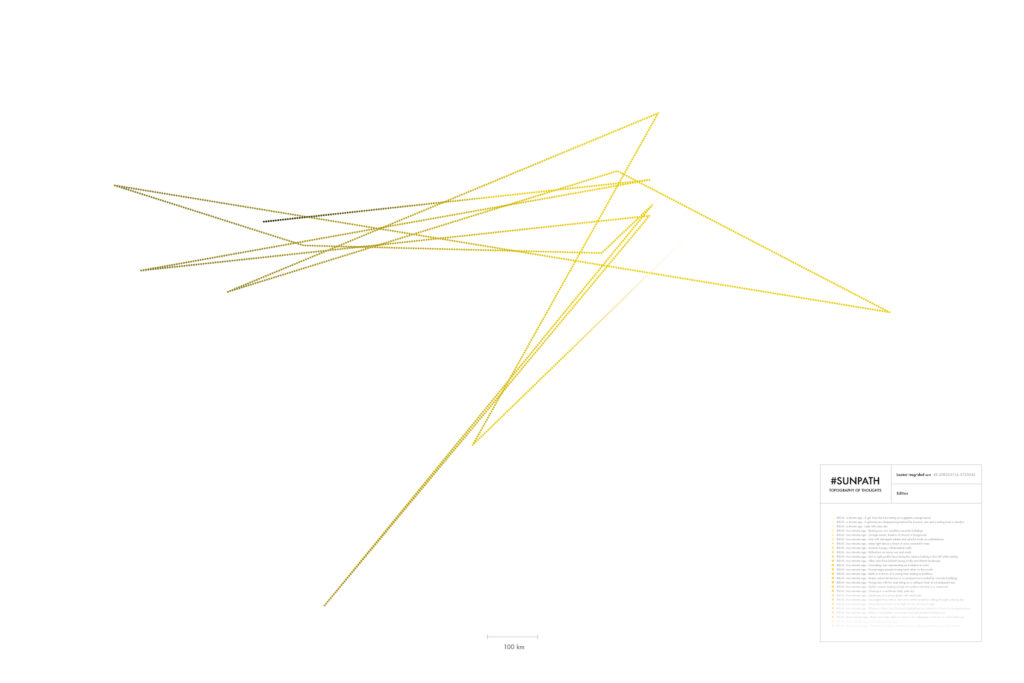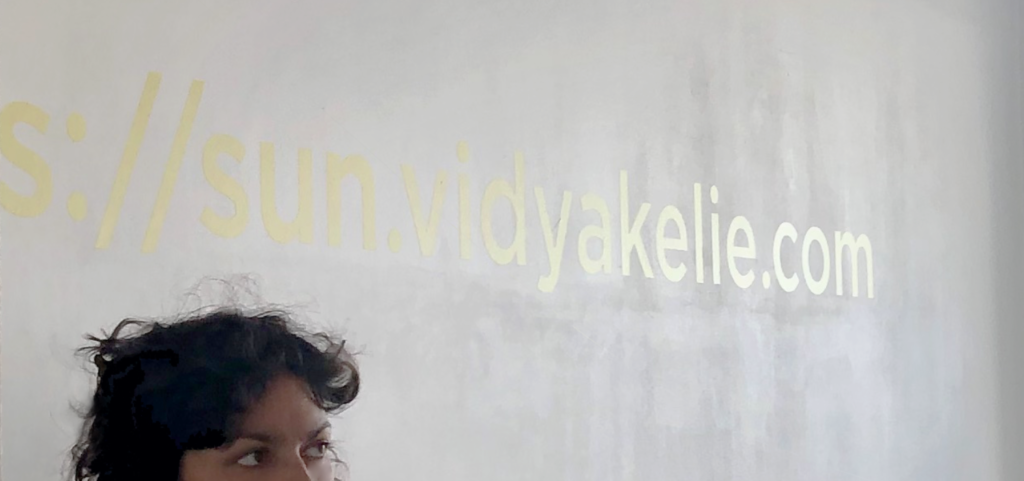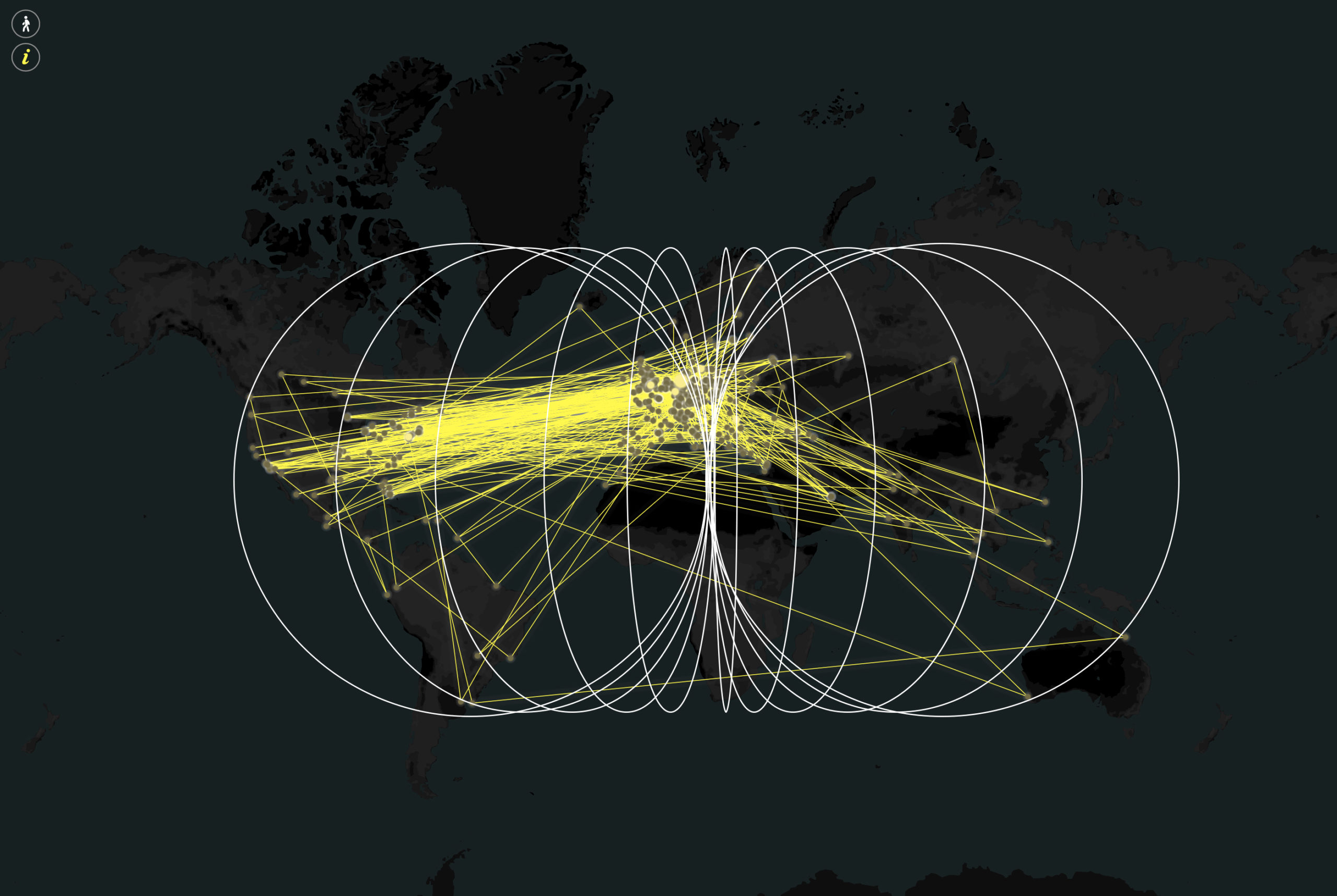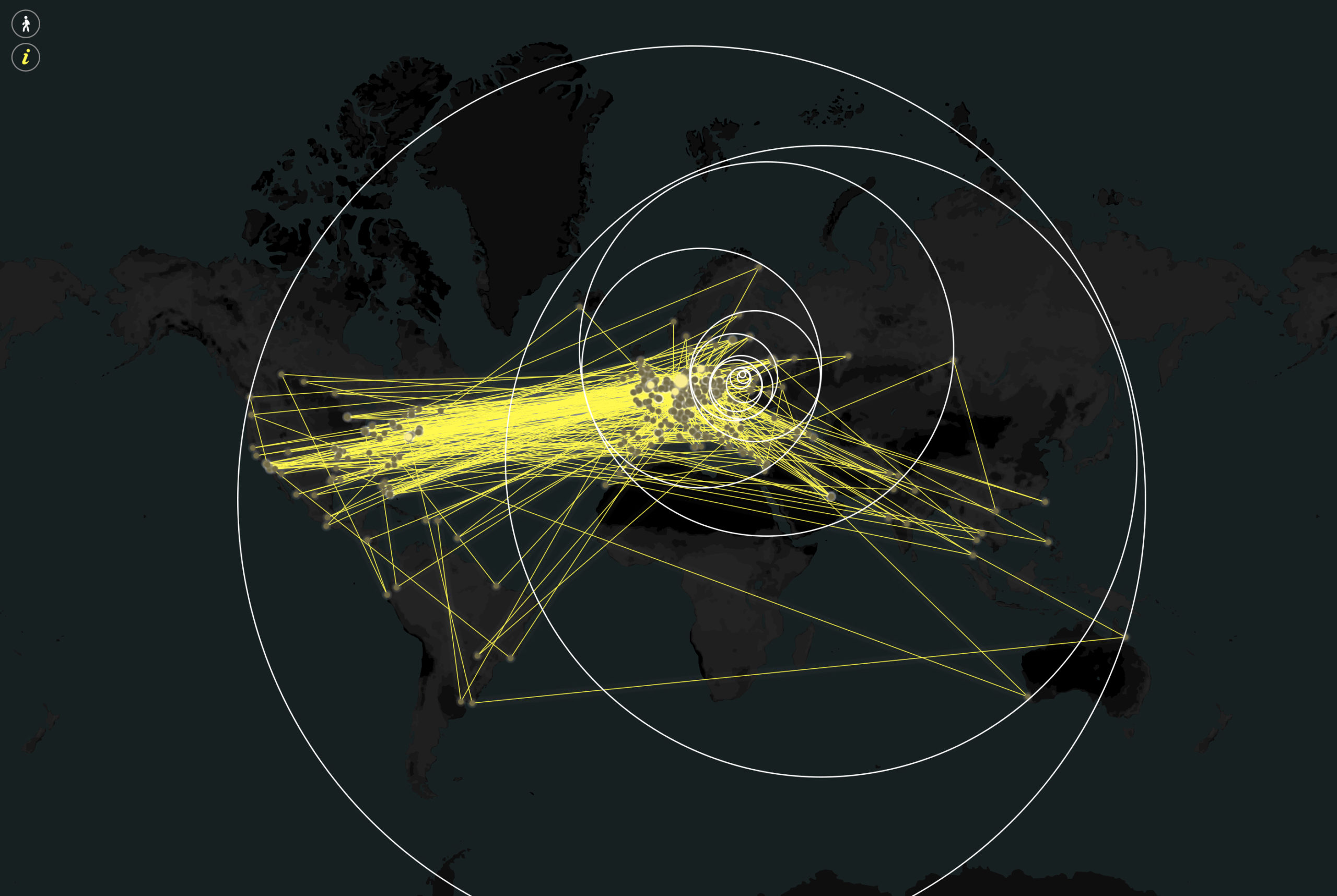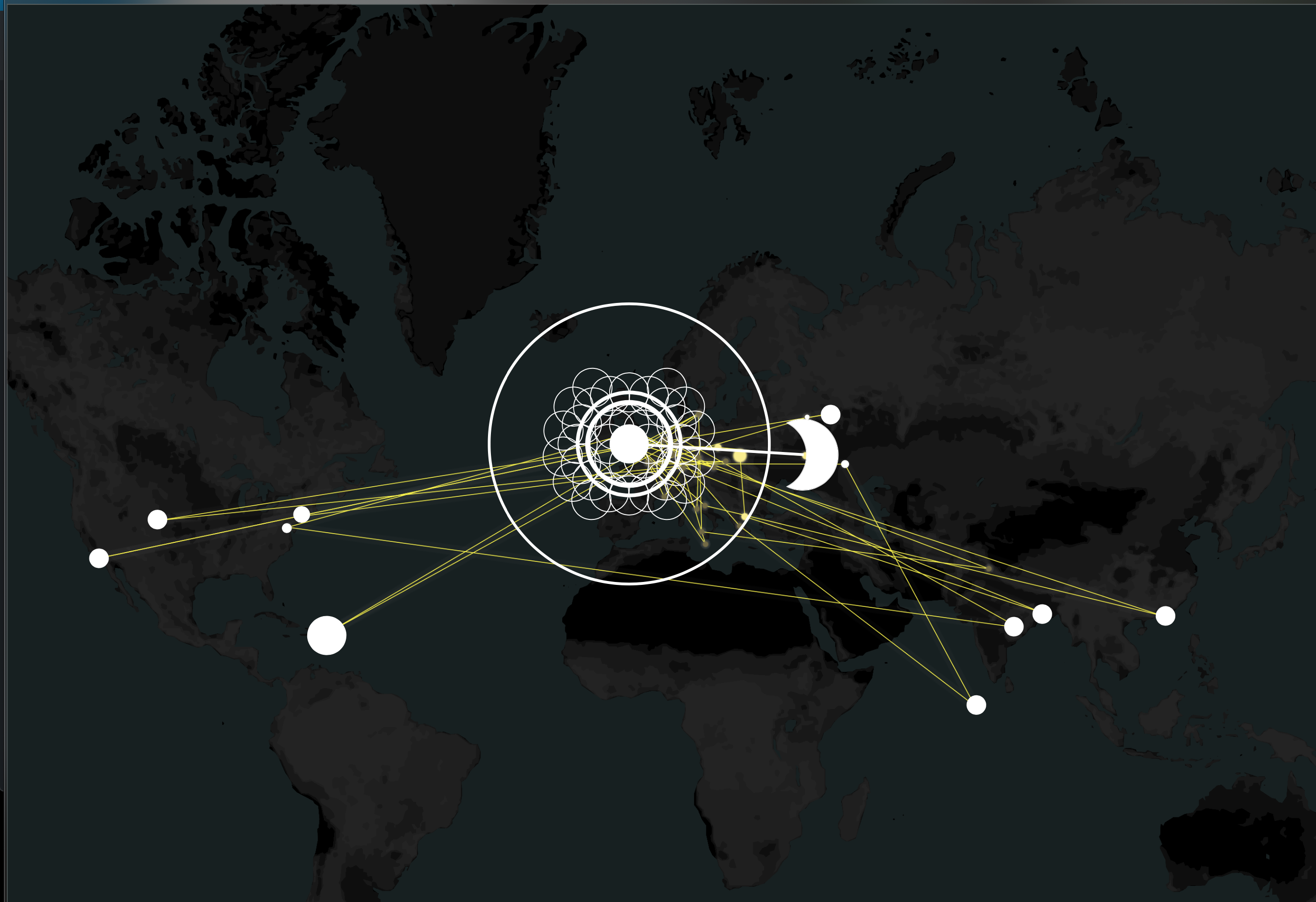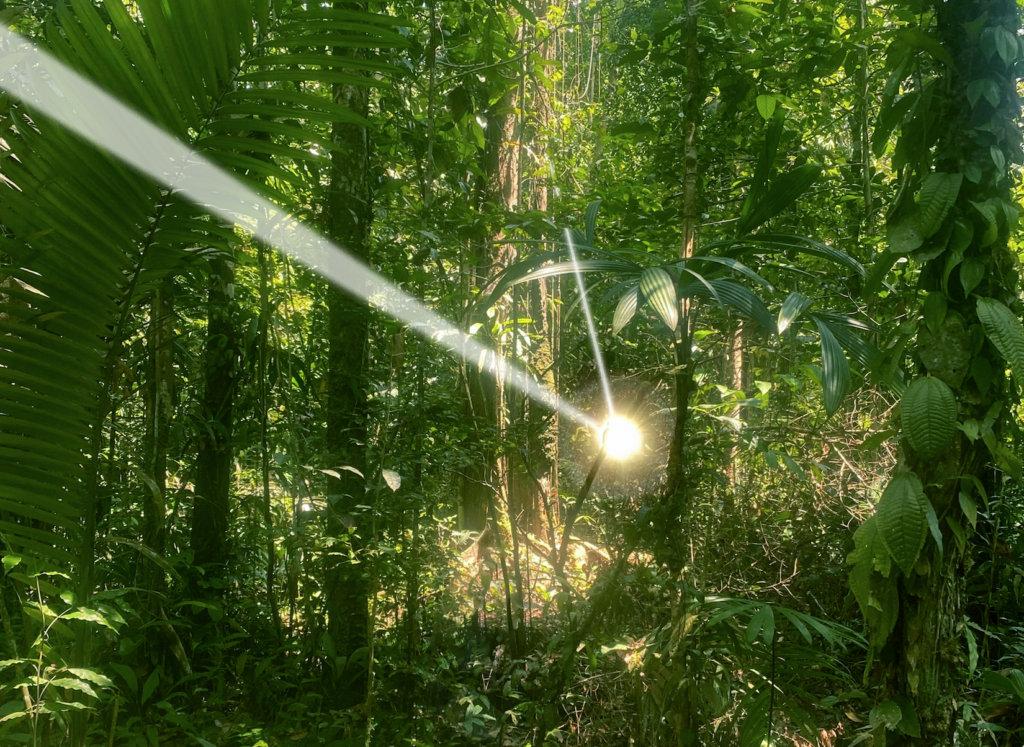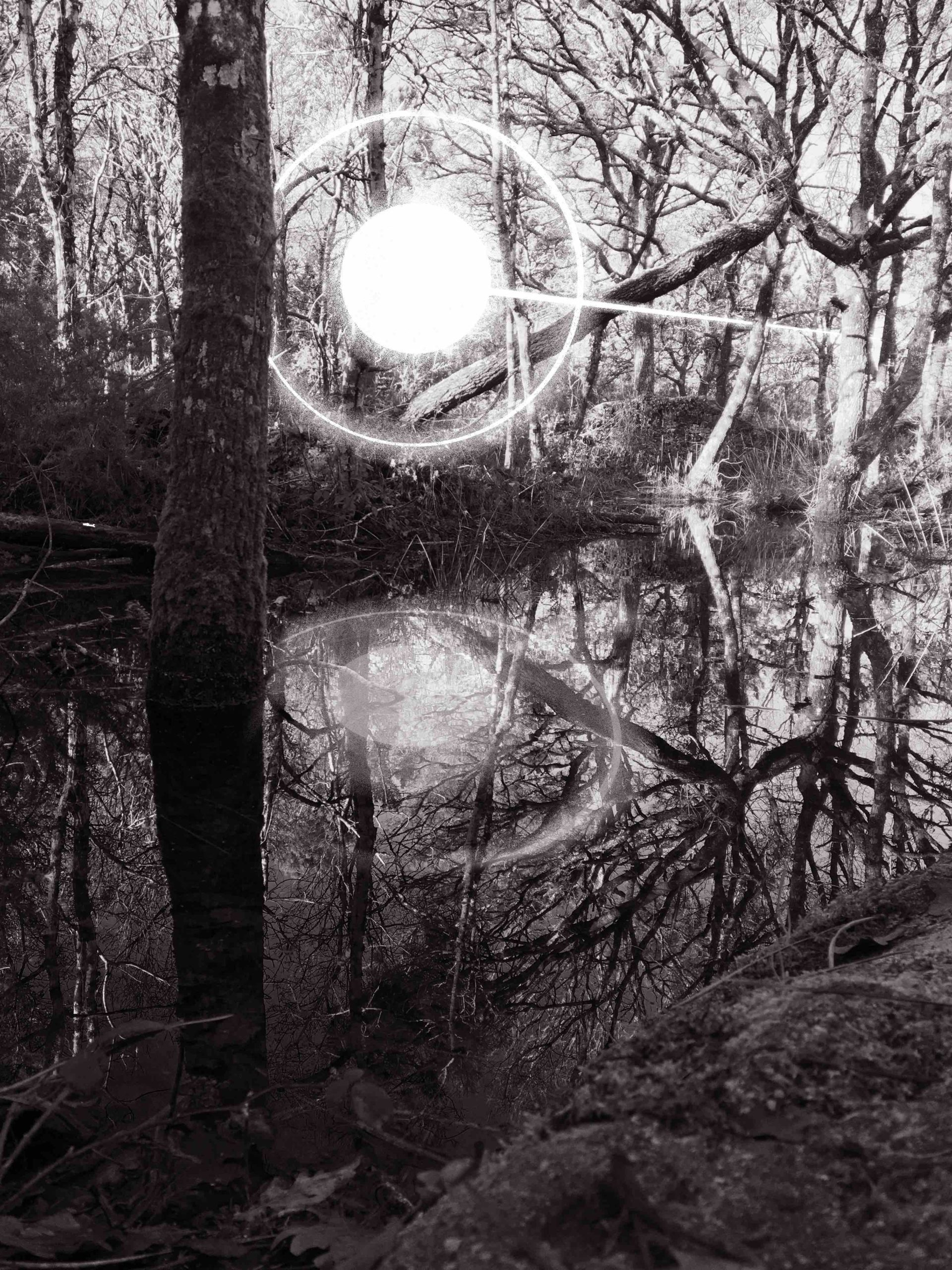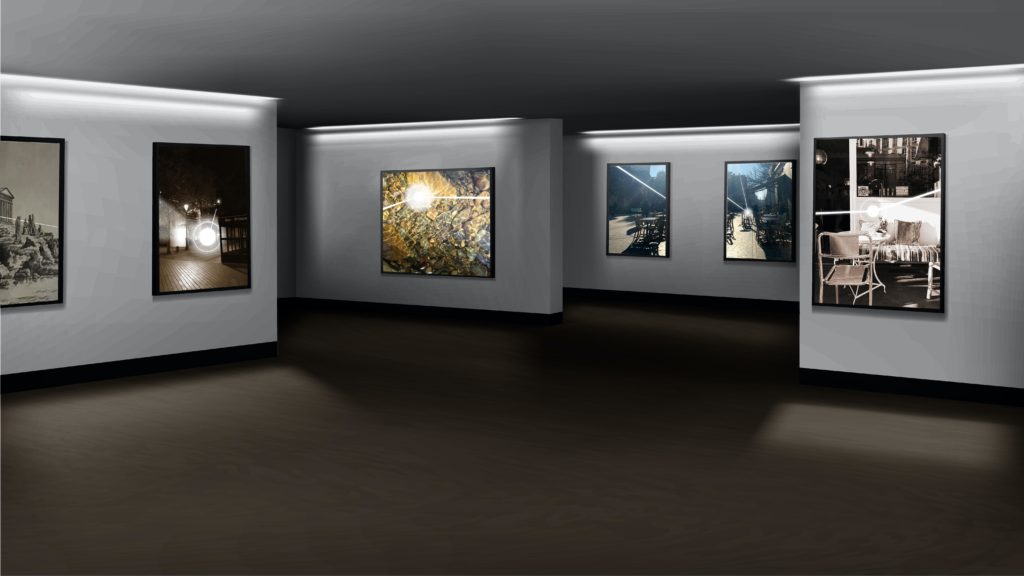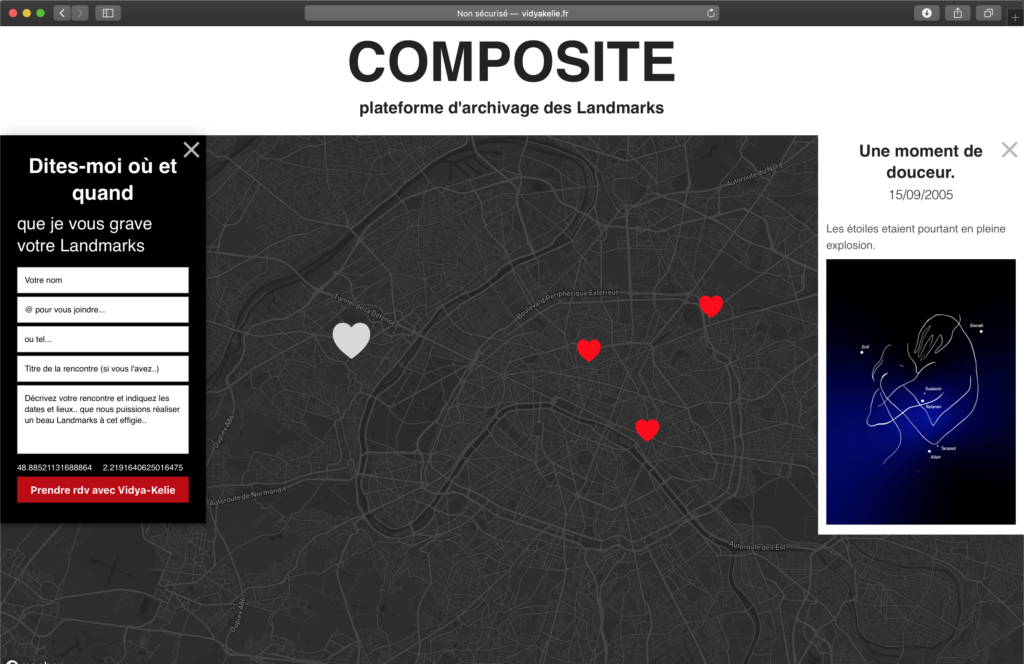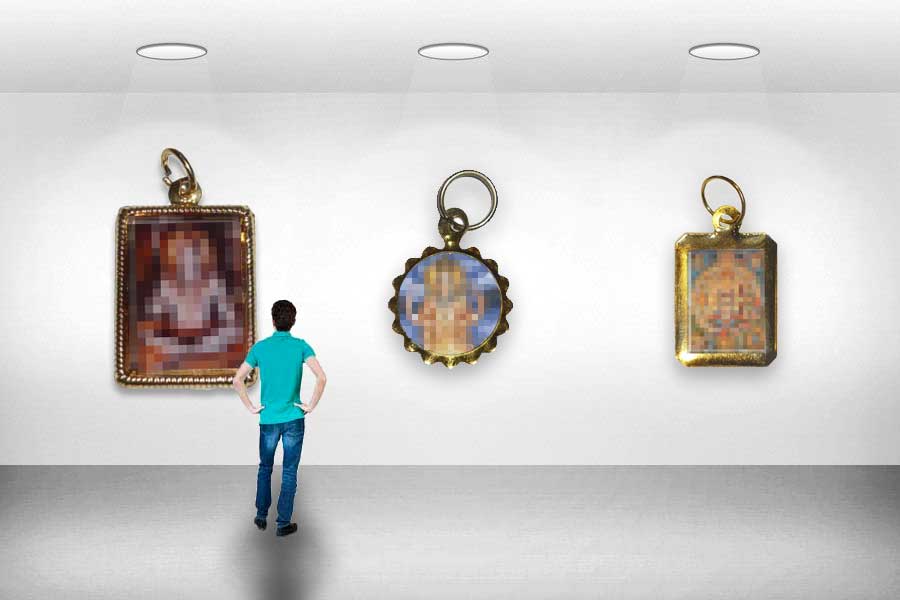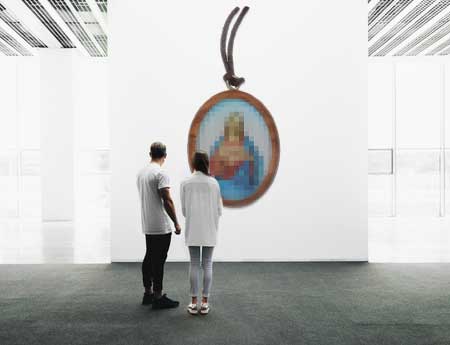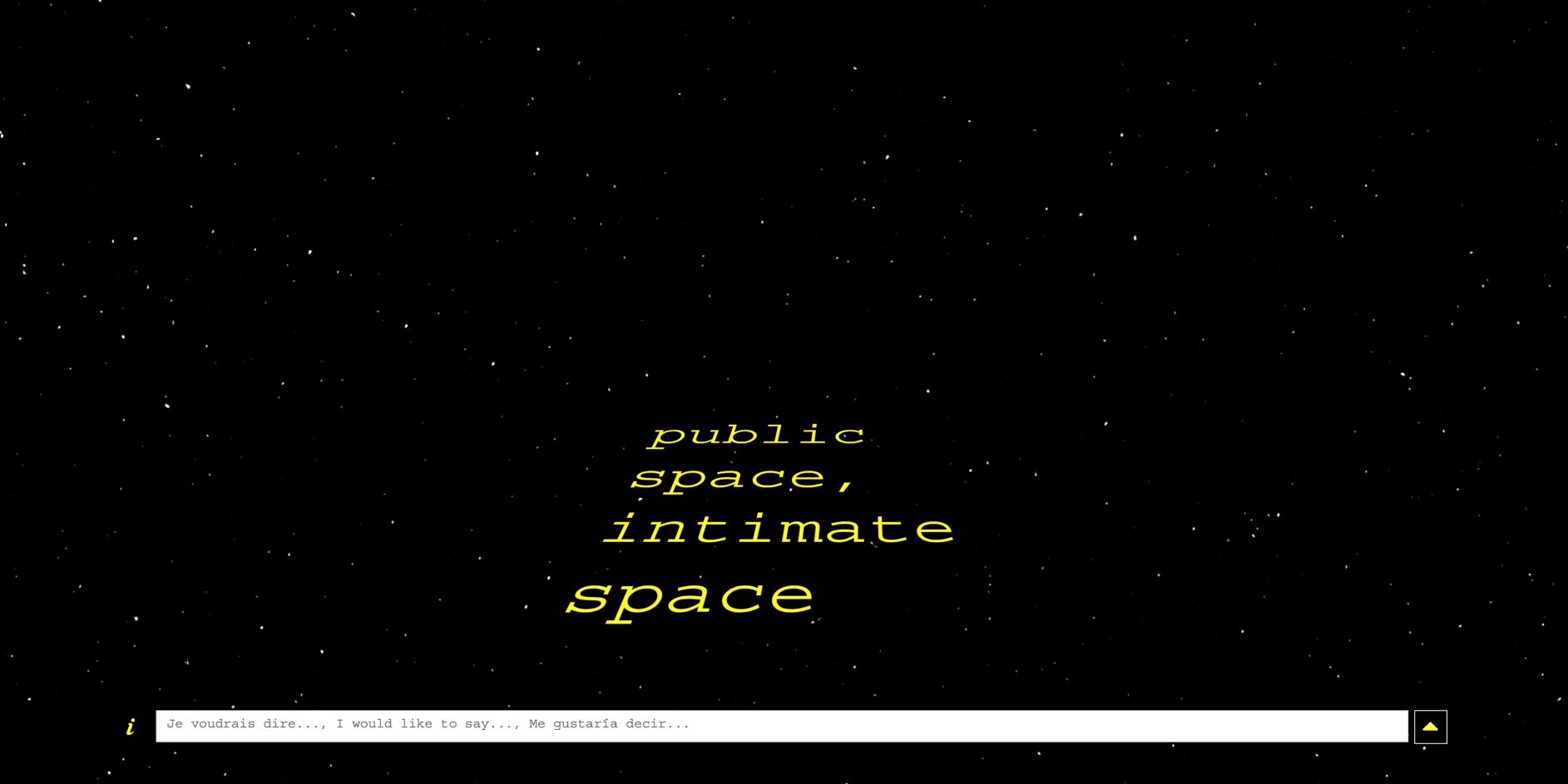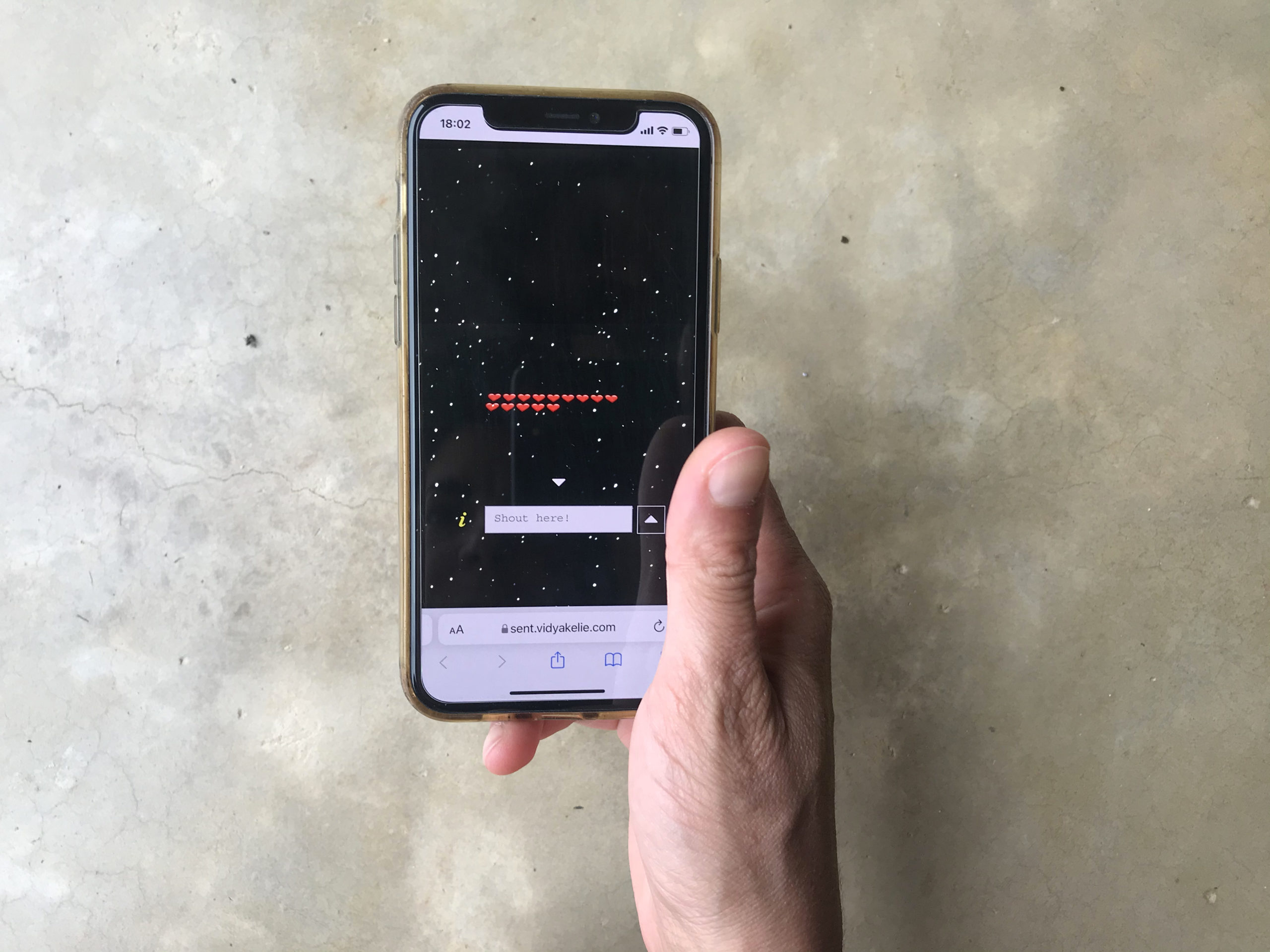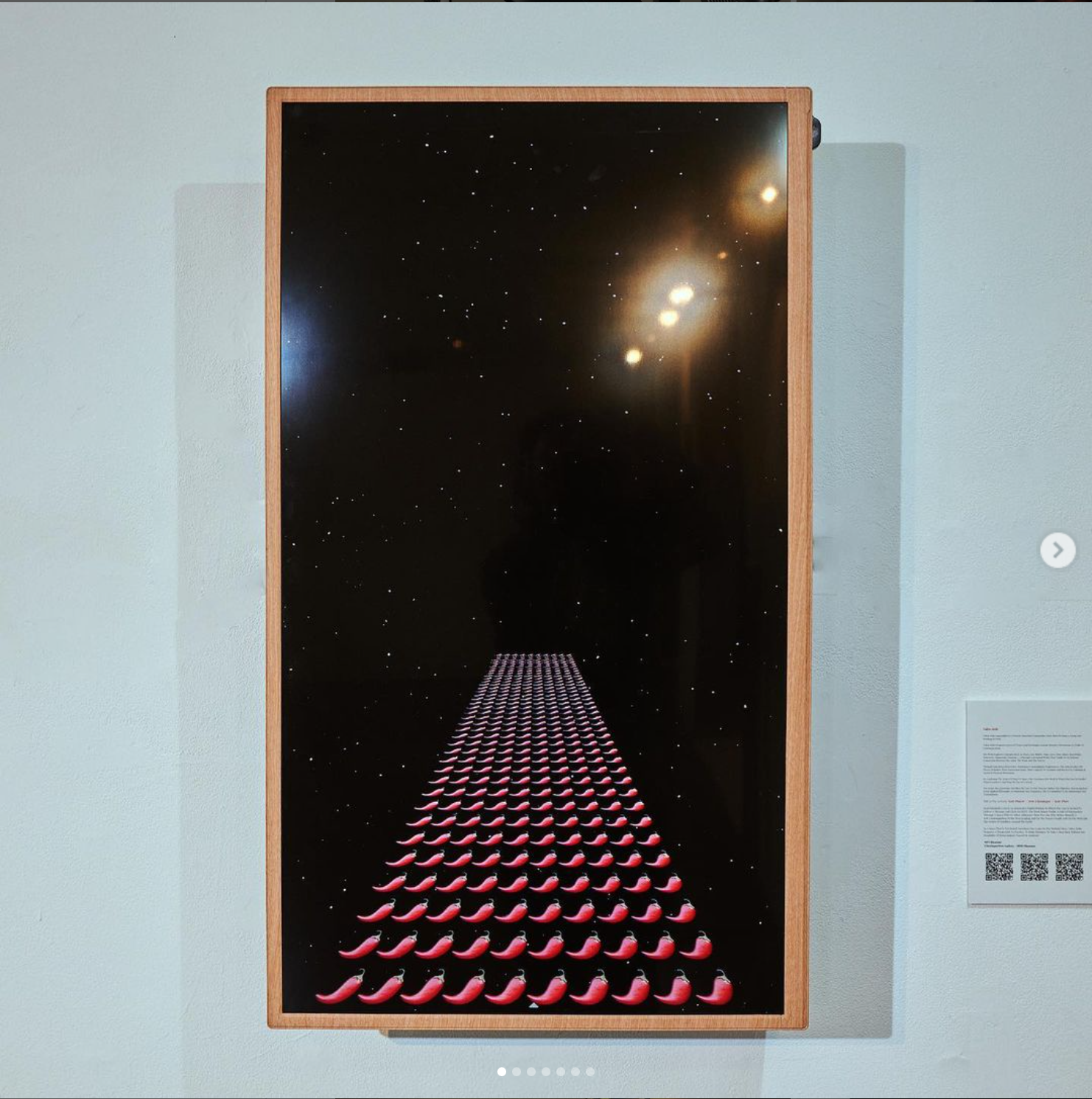
History cannot escape the stars
Political, historical, or intimate moments pulse with a strange and vivid magnetism. They gather unseen forces, collective energies that converge, suddenly, almost violently, around a rupture in time. In these fleeting intensities, bodies, voices, and thoughts align in unison, leaving behind a shimmering trace — vibrant, nearly tangible. Blue giants blaze, and emotions echo across the cosmos. Through singular moments carefully selected by the artist in dialogue with institutions, the series Burning Blue Iconic Moments seeks to translate that ephemeral sensation, one etched in the stars, yet felt in the flesh. What place do the stars hold in these pivotal instants? Are they silent observers, or hidden actors weaving their influence into the fabric of our experience?
A moment, a constellation
Vidya-Kélie’s artistic practice embraces the invisible trace as both material and language, an imprint of emotion, intimate yet cosmic. From this vision emerge monumental forms, carved in marble, forged in gold or brass. They echo the invisible architecture of connection — between beings, between worlds. These sculptures honor the human body as a receiver and transmitter of signals, a radiant antenna attuned to frequencies far beyond its reach. With Burning Blue, Vidya-Kélie offers a sensorial cosmology where stellar phenomena and inner feeling become inseparable, each emotion a star, each moment a constellation.
REAL LINES
The work on connection has already been initiated by the artist Vidya-Kélie. In her practice, the invisible lines of human relationships are made visible: she tirelessly draws lines to link people together. Using digital tools that make certain narratives all the more perceptible, she pays tribute to these connections by manifesting them in reality through noble, powerful materials.
A luminous presence offers more than just light — it shapes space, reveals textures, and invites contemplation. Whether through natural reflections or the soft glow of a symbolic sculpture, it brings depth and resonance to a place. Its subtle radiance draws the eye and soothes the mind, creating a harmony that is both intimate and elevated, like a silent force.
OUR CONNECTION TO THE STARS IS FULL OF MEANING
Since the dawn of time, humanity has gazed at the stars in search of meaning, guidance, and origins. From Orion to the Pleiades, myths speak of a shared cosmic imagination. The stars were both deities and storytellers, structuring time and ritual.
Historically, astrologers — powerful advisors to kings and gods — laid the foundation for astronomical research. The Antikythera mechanism stands as testimony to this long pursuit of understanding celestial motion.
Today, Burning Blue detects the stars, planets, and exoplanets aligned at the key moments of your life, weaving a new cosmic narrative.
The mysterious presence of these celestial bodies reminds us of our condition as inhabitants of a spinning Earth, rushing through the vastness of space — an abstract yet meaningful reality.
WHY “BURNING BLUE”
It refers to the energy of blue giants — their intensity and power. Fire symbolizes passion, blue embodies mystery.
Much of the light emitted by these ephemeral stars, destined to explode in supernovas (on a scale of 10 to 100 million years), escapes our vision because it lies in the ultraviolet.
Blue, like a door or threshold between the visible and the invisible, becomes a powerful metaphor for everything that exists beyond our perception.
Invisible to the eye, yet very real, these bridges are physical and carry information.
Light, through its softness and presence, seems to pass through the body, awakening deep resonances and memories.
The B.Blue thus emerges as a tribute to this subtle light, sculpting space through shadows and reflections, caressing textures, and inviting sensitive contemplation. It is a quiet celebration of that immaterial, fragile, and essential force that shapes our relationship to the universe.
In material science and physics
Shape memory: Certain metallic alloys, such as NiTiNOL (Nickel-Titanium), possess the ability to return to their original crystalline configuration after mechanical deformation, triggered by thermal stimulation.
This property reveals an intrinsic physical and molecular memory, linked to reversible phase transformations in their internal structure.
Georges Chapouthier, neurobiologist and philosopher, suggests that biological memory is embedded in spatial organization, proposing a structural interdependence between neuroanatomy and memory dynamics. Memory is not merely a trace but takes shape through spatial patterns at the organic and cerebral level.
In architecture and aesthetic theory
Gaston Bachelard, in The Poetics of Space, develops the idea of lived space as a reservoir of affective and poetic memory. Domestic spaces — rooms, niches, corners — act as condensers of mnemonic experience, where imagination and memory intertwine. These spaces carry emotional and symbolic charge, making space itself a condensation of lived experiences and memories.
“The house is our corner of the world. It is, in itself, one of the greatest powers of integration for the thoughts, memories, and dreams of mankind.”
Henri Bergson, in Matter and Memory, distinguishes pure memory (memory-duration, not anchored in space and time) from habitual memory, rooted in the body, gestures, and thus in lived space. This distinction opens the way to the idea that a spatial form can crystallize memory through action.
THE STARS
Historically, the Earth’s revolution through the universe has been studied and understood for millennia, as evidenced by the Antikythera mechanism, an ancient device designed to calculate astronomical positions. Buildings and architecture are imbued with our relationship to the Sun; cultures respond to our position relative to the Moon. Today, we have a more or less clear understanding of the quality of these influences — gravity, temperature, magnetic fields — and of how the Earth’s movements spiral helically through the cosmos.
But beliefs seem to have developed instinctively, through listening, long before scientific measurement. We find them in all guides, myths, and religions. Central to our existence, they hold an essential place in governing our bodies, our plants, and our emotions.




